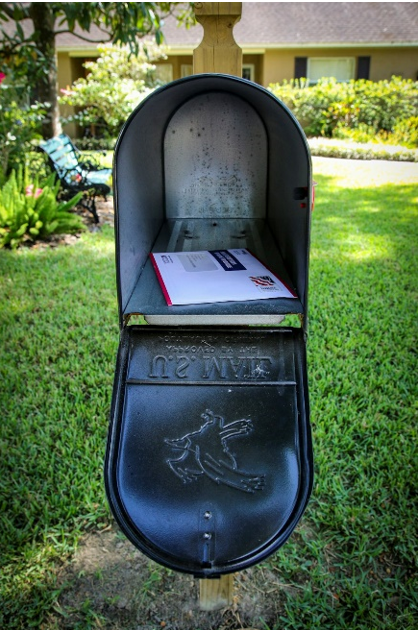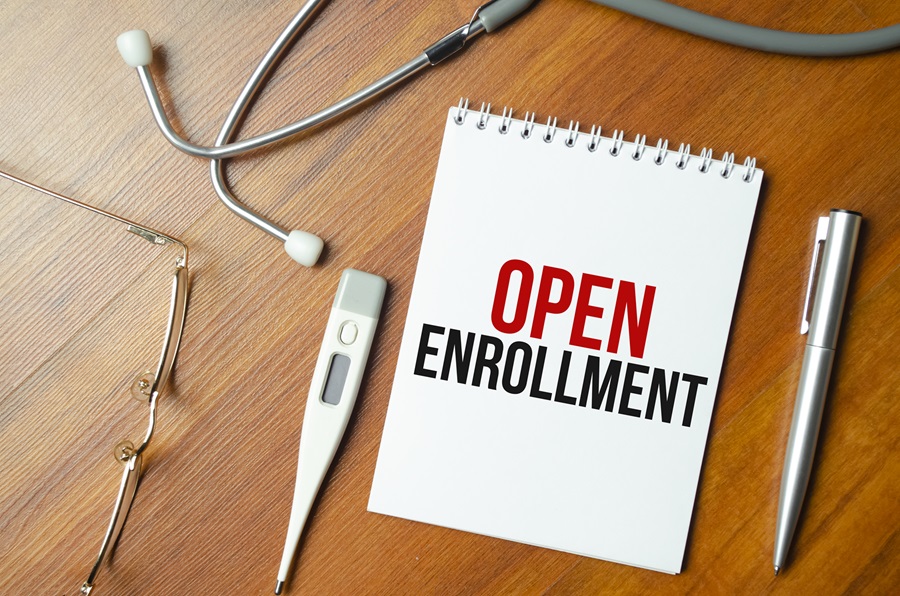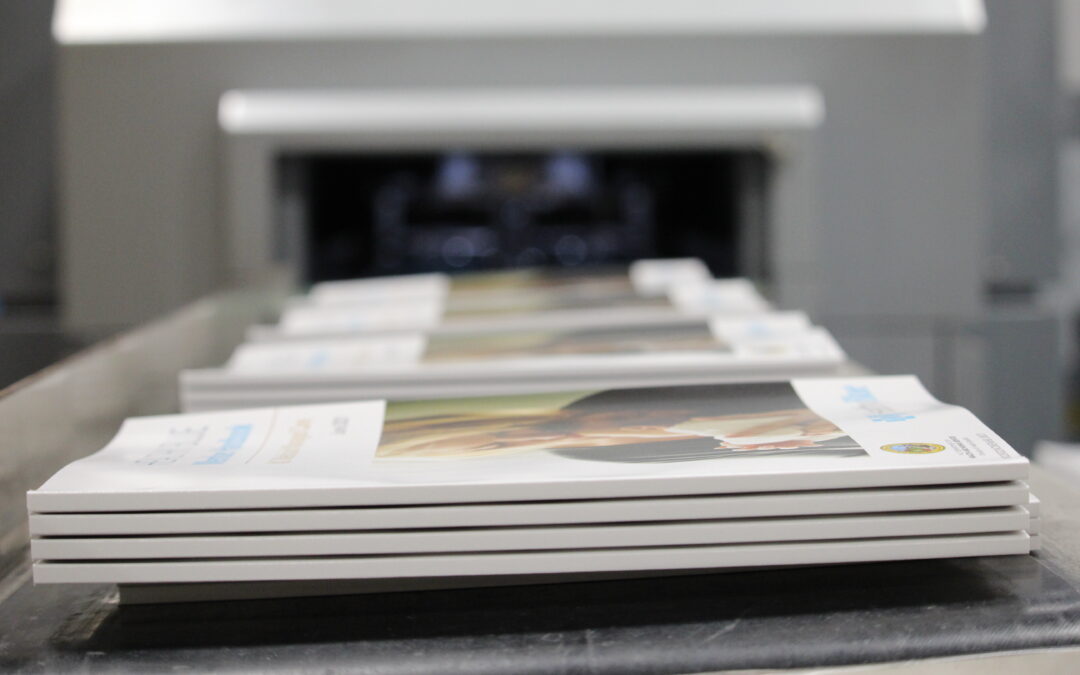Maximizing Impact: How Direct Mail Boosts Donations for Non-profits

Non-profit organizations play a crucial role in addressing various social issues and causes. To continue their vital work, they often rely on the generosity of donors. In today’s digital age, where online fundraising platforms and social media dominate the scene, one traditional method still stands strong: direct mail. In this blog, we’ll explore how these campaigns can be a powerful tool for non-profits to boost donations and make a lasting impact.
The Power of Direct Mail in Fundraising
 Direct mail is a tried-and-true method of fundraising that has stood the test of time. Its effectiveness lies in its tangible nature. Unlike digital communications that can be easily deleted or ignored, a well-crafted mail piece physically lands in the hands of your potential donors. According to the Data & Marketing Association (DMA), the response rate for direct mail to a house list was 9% in 2018, compared to just 1% for email.
Direct mail is a tried-and-true method of fundraising that has stood the test of time. Its effectiveness lies in its tangible nature. Unlike digital communications that can be easily deleted or ignored, a well-crafted mail piece physically lands in the hands of your potential donors. According to the Data & Marketing Association (DMA), the response rate for direct mail to a house list was 9% in 2018, compared to just 1% for email.
Understanding Your Non-profit’s Audience
Before launching a campaign, it’s crucial to understand your audience. Non-profit organizations typically have diverse donor bases, including individuals, corporations, and foundations. Each of these groups may have different motivations for giving. Direct mail allows you to tailor your message to specific segments of your donor base, making it more likely that your message resonates with the recipient.
Crafting Compelling Campaigns
To maximize the impact of your campaigns, focus on creating materials that capture attention and evoke emotions. Start with eye-catching design and imagery that aligns with your cause. Preferred Direct can assist with design services – contact our team today for a quote. Your message should be clear, concise, and emotionally compelling. Include a strong call to action, guiding recipients on how they can make a difference by donating.
Data-Driven Decision Making
Data plays a crucial role in optimizing campaigns. Segment your donor lists based on factors like giving history, demographics, and location. Personalize your messages using variable data printing to make donors feel valued and understood. Track the performance of your campaigns using analytics to refine your approach over time.
Case Studies and Success Stories
Nothing speaks more persuasively than success stories. Share real-life examples of how your organization’s work has made a tangible difference in the lives of those you serve. Highlight the impact of past campaigns, including specific results and how donations were put to use. Direct mail catalogs and newsletters are a great way to share impact stories and generate engagement through genuine connection.
Ensuring Data Security and Compliance
 Non-profits often deal with sensitive donor contact and financial information. It’s crucial to ensure data security and compliance with regulations like HIPAA when handling healthcare-related data. Partnering with a HIPAA-Compliant and HITRUST-Certified Printer like Preferred Direct can provide peace of mind in this regard.
Non-profits often deal with sensitive donor contact and financial information. It’s crucial to ensure data security and compliance with regulations like HIPAA when handling healthcare-related data. Partnering with a HIPAA-Compliant and HITRUST-Certified Printer like Preferred Direct can provide peace of mind in this regard.
Measuring the ROI of your campaign
Calculating the return on investment (ROI) is essential to assess the effectiveness of your campaigns. By comparing the cost of the campaign to the donations received, you can determine how efficiently your efforts are driving donations.
Integrating Direct Mail with Online Fundraising
 Direct mail and online fundraising can work hand in hand. Include URLs or QR codes in your materials that link recipients to online donation pages. This provides an easy and convenient way for donors to contribute, and it allows you to track the online response to your mailings.
Direct mail and online fundraising can work hand in hand. Include URLs or QR codes in your materials that link recipients to online donation pages. This provides an easy and convenient way for donors to contribute, and it allows you to track the online response to your mailings.
Tips for Non-profits Getting Started with Direct Mail
For non-profits considering direct mail for the first time, it’s essential to start with a clear strategy. Define your goals, target audience, and budget. Partnering with a reliable print and mail provider like Preferred Direct can help you navigate the complexities of direct mail campaigns.
Conclusion
Direct mail continues to be a potent fundraising tool for non-profit organizations. Its ability to deliver tangible, emotionally resonant messages to potential donors sets it apart in a crowded digital landscape. By understanding your audience, crafting compelling campaigns, and leveraging data, you can maximize the impact of your direct mail efforts. Remember, it’s not just about sending mail; it’s about making a difference.
If you’re ready to explore the potential of direct mail for your non-profit organization and want to ensure the highest level of data security, consider partnering with Preferred Direct. Our expertise in commercial printing and direct mail can help you craft impactful campaigns that drive donations and support your mission. Contact us today to learn more about our services and how we can assist your non-profit in maximizing its impact.


Kickstart Your Accountant Marketing with Direct Mail
In the competitive marketplace, print insurance marketing remains a tried-and-true strategy for communicating your benefits to potential policyholders.

5 Pro Tips for Your Annual Company Newsletter
In the competitive marketplace, print insurance marketing remains a tried-and-true strategy for communicating your benefits to potential policyholders.

Maximizing Open Enrollment Success: 6 Key Print Materials Every Insurer Needs
In the competitive marketplace, print insurance marketing remains a tried-and-true strategy for communicating your benefits to potential policyholders.

Print-on-Demand: A Game-Changer for Economical Print
With the emergence of Print-on-Demand (POD) technology, customers now have a more economical and efficient solution for their mass printing needs.

Winning Your Campaign with Omnichannel Political Marketing
Preferred Direct is here to guide you through your candidate journey with proven solutions for a successful political marketing campaign.

Navigating the Agency-Printer Relationship
In the fast-paced world of business, collaboration and synergy are key ingredients…